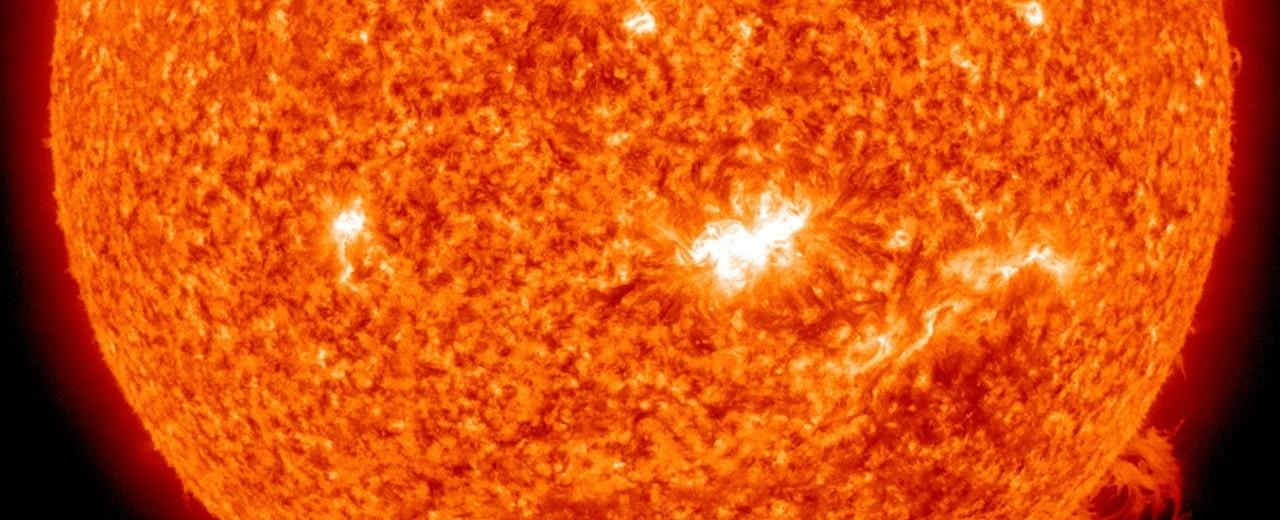White House report signals openness to manipulating sunlight to prevent climate change

What if we could manipulate sunlight to combat climate change? A thought-provoking article titled “White House report signals openness to manipulating sunlight to prevent climate change” caught my attention today. It seems that scientists and policymakers are exploring the idea of adjusting the Earth’s levels of sunlight as a potential solution to the global warming crisis. Let’s dive into the key points.
The White House report, which was released recently, suggests that solar geoengineering could have a role in reducing the effects of climate change. This approach involves the injection of aerosols into the atmosphere to reflect a portion of the sun’s rays back into space, thus reducing the Earth’s temperature. While it sounds like science fiction, it has gained traction as a potential tool to mitigate the detrimental impacts of greenhouse gas emissions.
This report is not the first exploration of solar geoengineering, but it does signal a shift in the U.S. government’s stance on the matter. Previously, discussion around geoengineering has been somewhat cautious and limited. However, as climate change continues to worsen and its catastrophic consequences loom closer, policymakers and scientists are more open to considering innovative solutions.
While solar geoengineering offers a glimmer of hope, it also raises concerns. Critics argue that tinkering with the sun’s rays could have unintended consequences and potentially exacerbate existing climate challenges. They worry about the potential disruption of weather patterns, crop yields, and natural ecosystems. There’s a need to balance the urgency to combat climate change with careful research, ethical considerations, and potential global governance frameworks to avoid these unintended repercussions.
It’s important to underline that solar geoengineering is not a substitute for reducing greenhouse gas emissions. Long-term strategies to transition to renewable energy sources and other sustainable solutions must still be pursued vigorously. However, acknowledging the openness to explore these geoengineering concepts highlights the need for parallel efforts in researching and understanding such technologies.
In conclusion, the idea of manipulating sunlight to prevent climate change, as presented in the White House report, is undeniably intriguing. While it warrants further examination and debate, it acknowledges the growing need to explore innovative approaches alongside traditional mitigation efforts. As we continue to grapple with the severity of climate change, it’s essential to consider a wide range of potential solutions to preserve our planet for future generations.
Quick Links

